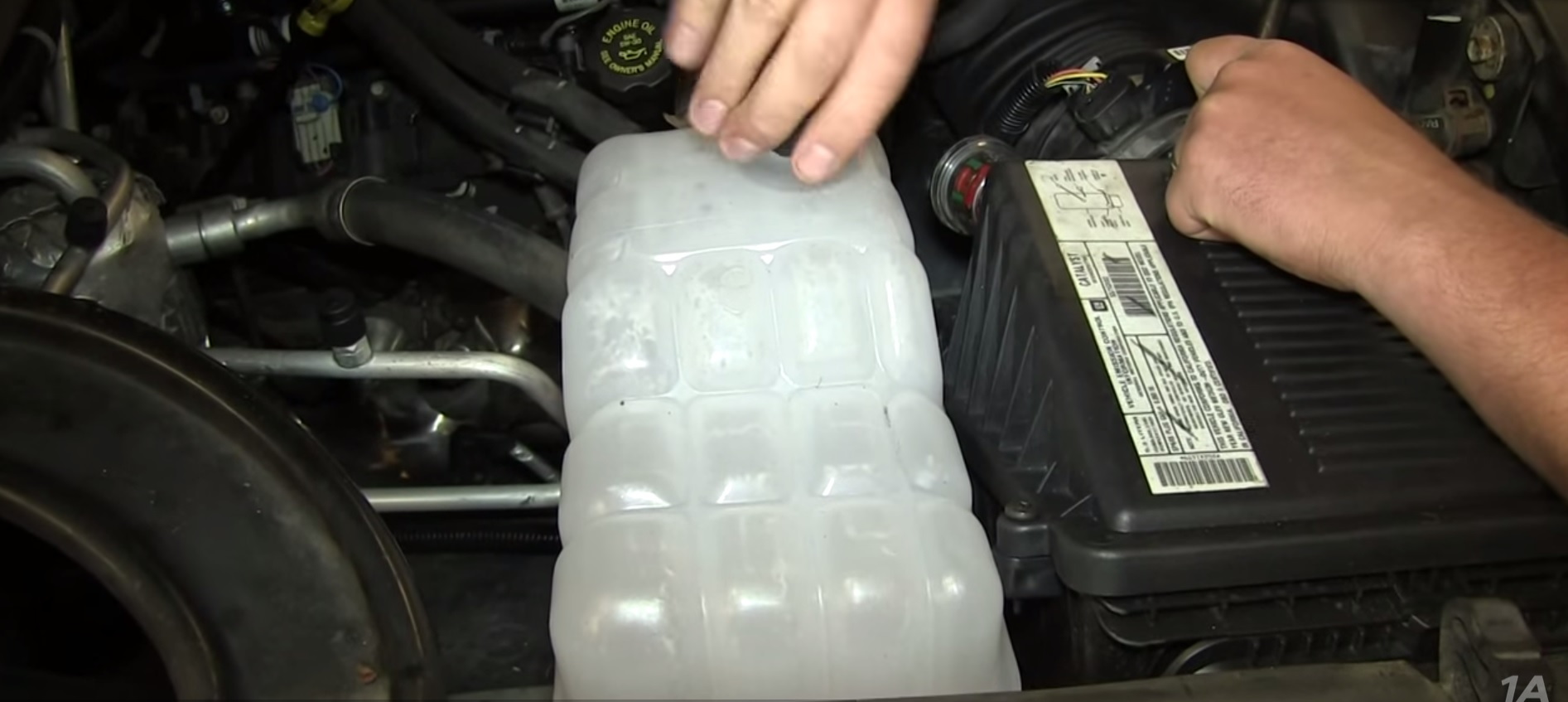Chevrolet Silverado 1999-2006: How to Flush/Change Radiator Coolant
Changing the antifreeze and coolant in your Silverado is part of its regular maintenance. If you've been reluctant to do so or are unsure of how to do it, flush and fill your cooling system with the steps below.
This article applies to the Chevrolet Silverado GMT800 (1999-2006).
The cooling system in your Silverado dissipates and reduces extremely high temperatures produced by the engine. It also keeps parts from freezing in the wintertime, which keeps the engine from turning over and causing serious damage. Much like your engine's oil, coolant must be replaced at least ever 50,00 miles as the cooling system picks up dirt and grime over time. The good news is this is a very easy task to complete, and requires few tools as well as mechanical skills to complete. Keep reading as this article will show you how to flush your engine coolant quickly and easily.

Materials Needed
- Antifreeze/coolant
- Drainage pan
- Funnel
Step 1 – Drain the old coolant
The coolant reservoir is located in the passenger's side of the engine bay. Pop the hood and remove the cap on the reservoir. Underneath the truck, you will find the drain plug on the radiator. Place a drainage pan underneath the drain plug, so the coolant does not leak onto the floor. Then, use your hand to loosen as well as remove the plug, and let all of the coolant drain. The draining process may be a slow process, but make sure to allow all of the old coolant to drip out.

Figure 1. Remove the coolant reservoir cap. 
Figure 2. Loosen the drain plug.
Step 2 – Pour in the new coolant
Once the old coolant has completely drained, replace and tighten the drain plug. Place a funnel in the coolant reservoir, and pour in the new coolant until it reaches the 'MAX' fill line on the reservoir. Then, re-install the reservoir cap.

Step 3 – Recheck the coolant level
Start the engine and let it run to operating temperatures. Once the coolant has had a chance to cycle through the system, check the coolant level in the reservoir again. Generally, the fluid level will come down after the engine starts, so more coolant will need to be added.
Featured Video: How to Change Coolant
Related Discussion
- GM Dexcool Antifreeze Coolant - ChevroletForum.com






